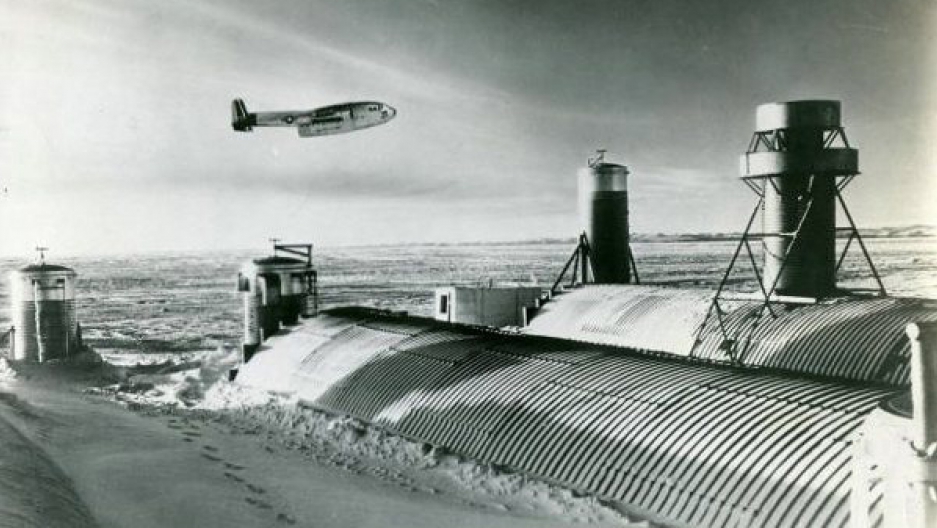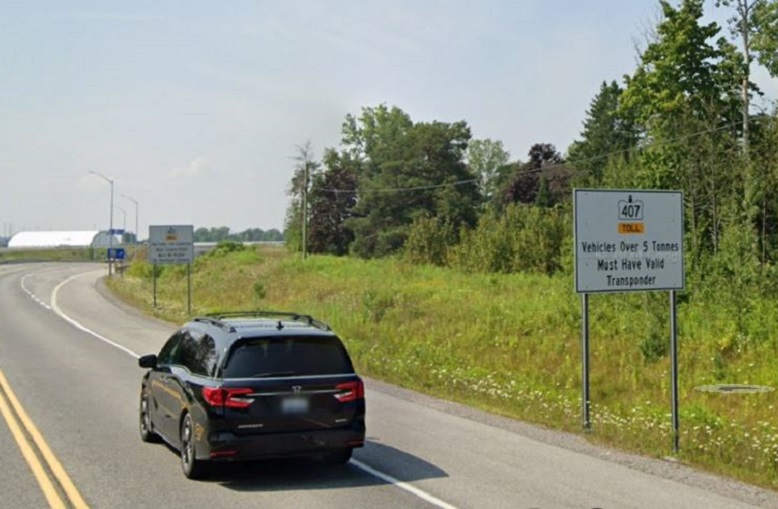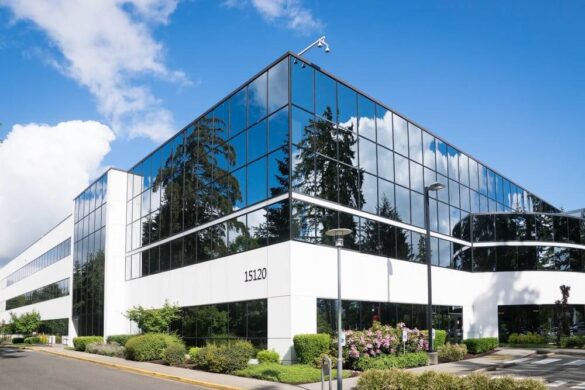Greenland And The U.S.: The Story Of A Hidden Nuclear Base

Table of Contents
The Cold War Context: Why Greenland?
The 1950s and 60s saw the world teetering on the brink of nuclear war. The Cold War rivalry between the United States and the Soviet Union fueled an intense arms race, and strategic positioning became paramount. Greenland, with its proximity to the Soviet Union and its unique Arctic location, emerged as a crucial piece in the US military strategy. The island's immense ice sheet provided a seemingly ideal, and incredibly secretive, location for establishing a forward operating base.
- Greenland's proximity to the Soviet Union: Greenland's geographical position offered a strategic advantage for monitoring Soviet activities and potentially launching a counterattack.
- The strategic importance of the Arctic for missile launch sites: The Arctic's vast expanse and relative emptiness made it a potential site for deploying nuclear missiles, undetected.
- The secrecy surrounding the project and its implications: The extreme secrecy surrounding Camp Century underscores its strategic significance and the lengths to which the US went to conceal its operations.
Camp Century: Unveiling the Secret Base
Disguised as an innocuous Arctic research station, Camp Century was, in reality, a sophisticated military installation. Built deep within the Greenland ice sheet, the base housed a mobile nuclear power plant, providing electricity for its extensive network of tunnels and facilities. This concealed operation involved the generation of considerable amounts of radioactive waste—waste that remains buried beneath the ice to this day.
- Description of the base's infrastructure: Camp Century was a sprawling underground complex, containing living quarters, laboratories, and a network of tunnels stretching for miles.
- The true purpose of the base beyond the official narrative: The official narrative focused on scientific research, masking the base's true purpose as a potential launch site for nuclear missiles.
- The challenges of construction in the harsh Arctic environment: Constructing and maintaining a complex military base in such an unforgiving environment presented significant logistical and engineering challenges.
The Unforeseen Consequences: Climate Change and Radioactive Waste
The melting of the Greenland ice sheet, accelerated by climate change and global warming, poses a terrifying threat. As the ice melts, the risk of the radioactive waste from Camp Century leaching into the environment increases exponentially. This presents a significant environmental disaster waiting to happen.
- The potential for radioactive materials to leach into the environment: The thawing ice could release radioactive materials into the surrounding soil and water, contaminating the Arctic ecosystem.
- The risks to human health and the ecosystem: Exposure to radioactive materials poses severe health risks to both humans and wildlife, potentially leading to long-term environmental damage.
- The ongoing debate about the responsibility for cleanup: The responsibility for the cleanup of Camp Century's radioactive waste remains a contentious issue, involving both the US and Greenland.
Modern Geopolitical Implications: Greenland's Future
Greenland's increasing autonomy and its strategic importance in the Arctic region have brought Camp Century's legacy back into sharp focus. The discovery of the hidden base has added a new layer of complexity to the relationship between Greenland and the United States, particularly given the heightened geopolitical competition for resources in the Arctic.
- Greenland's growing independence and its relationship with the US: As Greenland asserts its sovereignty, the issue of Camp Century highlights the potential tensions between its desire for self-governance and its historical ties with the US.
- The competition for resources in the Arctic region: The Arctic holds vast untapped resources, leading to increased competition among nations, further complicating the legacy of Camp Century.
- The impact of climate change on geopolitical strategies: Climate change is dramatically reshaping the Arctic landscape, making the region increasingly accessible and influencing geopolitical strategies, including the need for environmental remediation.
Conclusion: Uncovering the Truth and Addressing the Legacy
The story of Camp Century reveals a hidden chapter in Cold War history, highlighting the strategic importance of Greenland and the unforeseen environmental consequences of Cold War-era actions. The radioactive waste buried beneath the melting ice presents a looming threat, demanding urgent attention and international cooperation. The secrecy surrounding Camp Century, for so long, only underscores the need for greater transparency and proactive remediation efforts. We must learn from this historical oversight and work towards responsible environmental stewardship in the Arctic region. Learn more about the secrets of this Greenland nuclear base; investigate Camp Century's hidden history and understand the urgent need for responsible action concerning Greenland nuclear base secrets.

Featured Posts
-
 Highway 407 East Tolls And Gas Tax Cuts Ontarios Plans For Permanent Changes
May 16, 2025
Highway 407 East Tolls And Gas Tax Cuts Ontarios Plans For Permanent Changes
May 16, 2025 -
 Microsofts 6 000 Layoffs What We Know So Far
May 16, 2025
Microsofts 6 000 Layoffs What We Know So Far
May 16, 2025 -
 1 Thing Holding Back Each Top 10 Nba Contender
May 16, 2025
1 Thing Holding Back Each Top 10 Nba Contender
May 16, 2025 -
 Empate Sin Goles Everton Vina Y Coquimbo Unido Se Anulan 0 0
May 16, 2025
Empate Sin Goles Everton Vina Y Coquimbo Unido Se Anulan 0 0
May 16, 2025 -
 Resultado Belgica Portugal 0 1 Goles Y Resumen Del Partido
May 16, 2025
Resultado Belgica Portugal 0 1 Goles Y Resumen Del Partido
May 16, 2025
